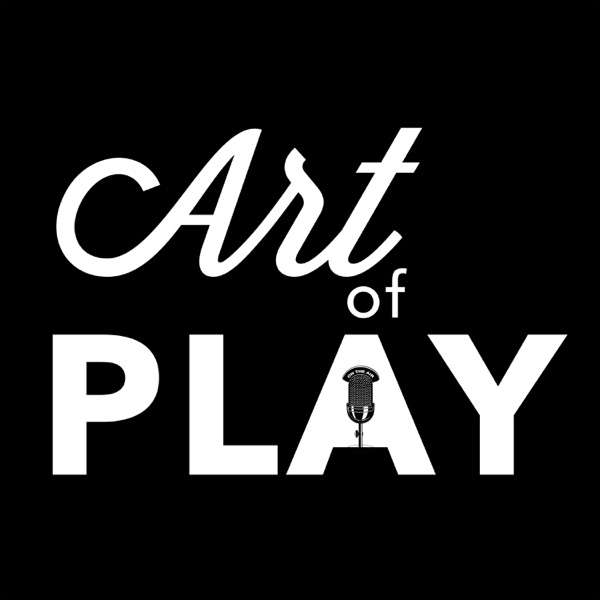This episode is based on one of the most important books I have ever read: NonViolent Communication – A Language of Life by Marshall Rosenberg
Nonviolent Communication is one of the most powerful ways of speaking with people that I have ever come across. It eliminates useless strategies like judgment and proving yourself right and instead gives you absolutely tactical techniques to get the things you need for happiness for yourself and your interlocutor.
NVC is not a new, gimmicky set of dictum. It boils down the philosophies of Stoicism, the psychological approaches of CBT and cognitive psychology.
Marshall Rosenberg was a psychologist trained in the classical analytic, but found it unsatisfying and for the most part, unhelpful.
Speaking Giraffe vs. Speaking Jackal
NVC is not really a theory or a guide to behavior–it is a language!!!
Giraffes only hear feelings & needs, never thoughts
Jackal language is about judging, criticizing, analyzing, moralizing and accusing. When we feel unfairly treated, accused or when we want to impose our wishes, we tend to use the language of the jackal. Jackal language is separating. Giraffe language is unifying.
The System
There are essentially two major parts–The four component speech creation and emergency empathy
The Four Components
1. Observation without Evaluation
There’s nothing good or bad but thinking makes it so.
Shakespeare in Hamlet
Avoid generalization, only
specifics
(generally good to avoid the past as well)
Separate the observation from the evaluation or better yet, eliminate the evaluation
You are the most inconsiderate person–you are always late
J Krishnamurti: “observing without evaluating is the highest form of human intelligence”
See page 30 for more on pitfalls in observing
2. Feeling
Internal emotional states vs. thoughts/judgment
If you can replace I feel with I think–then it is not a feeling
If I feel is followed by: that, like, or as if then it is not a feeling
If I feel is followed by a name or pronoun (whether he, you, or I), then it is not a feeling
Eliminate the feel–and see if it still works I feel sad to I’m sad works. I feel
Could you feel it alone on a desert island–Ignored is not a feeling, unimportant is not a feeling, resentment is not a feeling b/c they require another to judge/act. It is a thought about how someone else is judging us
p.45 has a list of positive and negative feelings
Stoicism/CBT–We are the only ones responsible for our feelings
We are responsible for everything we do (Replace I have to with I choose to)
Do not connect the feelings to the observations through cause and effect. They relate–they are not caused by.
When I observe X, I feel Y
Even break it down to good/bad
People are disturbed not by things, but by the view they take of them –Epictetus
“There is nothing either good or bad, but thinking makes it so” from
“Hamlet” by William Shakespeare
3. Needs
Rosenberg identifies human needs as safety, understanding, respect, warmth,
autonomy, etc. When needs are expressed indirectly through assessments
and behavioural diagnoses, people are likely to hear criticism and
behave defensively or start talking back.
Needs
https://github.com/cognitivetech/Marshall-Rosenberg-NVC/blob/master/NVC-Training-3_The-4-Part-Model_Marshall-Rosenberg_transcript.md#universal-human-needs
To be Heard!!!!!!!!!!!!!!!!!!!!!!
4. Requests
Make the request–would you mind repeating back what you heard me say–I want to make sure I am not causing any misunderstandings
Specific, Doable, Optional, Positive Language
not vague, sweeping, negative, or demands
If they refuse, then they must make a counter-request
Can you repeat back what I heard–I wasn’t as clear as I needed to be
You can never make anyone do anything!!!!
All conversation is transactional–when you think it is not, then it is usually b/c you are passively not acceding to the request
A request could be for the person to repeat back what they heard
I would like to know how you feel about what I just said
Or what they are thinking
Would you be willing…
Whatever is done is given with joy-never a sense of obligation or fear of punishment
Logistics of the 4-Parts
Rapidity / Laconic
Speed of Light-connect feeling to needs then immediately connect to request
40 words or less then check in with a request
- When I see that __
- I feel __
- because my need for is/is not met.
- Would you be willing to __?
- Need to make NVC sound like normal language otherwise people begin to feel managed
My Take
- Stop (Hand Out) (Stop the Amygdala Hijack)
- Breathe (Hands Up & Down)
- Space between Stimulus and Response from Victor Frankl. In the space between is our evaluation of events which creates feelings. Need to let go of this evaluation!
- Emotions You are Feeling (Hand to Heart)
- Your Needs or Wants (Hand to Head)
- Your Request (Hand to Mouth)
Emergency Empathy and Empathic Listening
Self-empathy–When their Jackal language matches your inner jackals–that is the hardest to maintain giraffe ears
They are just (badly) expressing feelings and needs
Just ask–it is fine if you are wrong
Were you saying–give benefit of the doubt
Empathy for horrible acts–do you need to do this–only if you want communication and to effect change
A great tool for showing empathy is paraphrasing or the repeat-back. This means reflecting back what the other person just said in a way that demonstrates you understand, e.g., if your child says “I hate school!” then you can reply “Are you feeling sad because you’re not enjoying your classes?”
This type of question lets the person either agree that you understand, or they will clarify what they really meant. When you’re confronted by an angry person, this tool can be especially helpful. from: Nonviolent Communication Summary: 11 Best Lessons From Marshall B Rosenberg -) Echos of Negotiation–Make paraphrasing a habit (Chris Voss)
Are you feeling X because you need Y
There is a reason that but is a homophone for butt, when you use it in conflict, it makes you an ass
Ask them to clarify their response in terms of a request
Do you want advice or for me to just hear you (just assume they don’t want advice until they tell you)
4 levels of response evolution
Blame yourself
Blame them
Communicate nonviolently
Care for their emotions and needs But never by putting yours aside Only if you can genuinely feel the space for it and your needs get met as well
Evaluation/Criticism/Praise
moralistic judgments are a dead end
Compliments are just as bad as criticism
Evaluation is by Observations and feelings
What the person did
What needs that fulfilled
What that made you feel
do not give praise only appreciation when i see hear saw heard actions
NVC for Conflict Resolution
Your Needs
Their Needs
Verify you both understand eachothers
Empathy
Strategies
Keep a list
Righting down conversation
Roleplay–let them take your role. mediator pretends to be 1 side
Ask yourself what was your intention
Anger
do not make judgments
Someone cut you off–their kid is in the hospital
Anger=unmet needs
express feelings and needs
Scream nonviolent
I feel sad b/c I need!!
has imago active listening component
The Giraffe No
Explain the need that prevents you from saying yes immediately followed by a counter-request that embraces both people’s needs
How to hear no: receive with joy, express need that prevents, give a counter request
Overall Maxims
There are only feelings and needs
The only things people say of any use are Please and Thank You
We must value the other person’s needs as much as our own
NVC doesn’t equal NICE!!!! NVC is not about pushovers–assertive NVC
Doesn’t need to be rigid. You can abridge steps or communicate nonverbally–it doesn’t need to be rote. Intent is what matters
Vids to Watch
San Fran Seminar
Now on to the Podcast…

 Our TOPPODCAST Picks
Our TOPPODCAST Picks  Stay Connected
Stay Connected







